One of the top three reasons people leave organizations? Lack of recognition from their managers. When people come to me and share with me their frustration with their managers not recognizing them, here is what I ask them: "What if your managers have never learned how to recognize others?" Why do I ask that?
Because I used to be that manager, and today I'm going to share with you a few simple ways of how you can feel more comfortable recognizing others and also feel more comfortable when others recognize you.
Hi, my name is Noa, and I work with leaders, executives, and founders of companies just like you to go beyond with their leadership.
Are you ready? Let's go.
Some of us find it very challenging to be recognized by others or recognize others. I was the same. And here are two main reasons why for some of us, it can feel so challenging.
The first one, as always, is our parents.
And the second one is our culture.
Maybe this experience will sound familiar to you. When I was a little girl and came home with a good grade, my father asked me why 99 and not 100? That question, "Why 99 and not 100," followed me for years; I always asked myself, "How can I do things better? How can I take myself from 99 to 100?" The problem was that not only was I having this internal conversation with myself, but I also started having the exact expectations of the people I worked with and managed. And by the way, also with my kids.
The second reason that recognition was so challenging was that I came from a red pen culture. Erin Meyer, the researcher and the author of the book, the Culture Map, explains that red pen culture is a culture where a student submits their work to the teacher they receive it with red pen notes. In those notes, the teachers write down what the student could have done better to do the work. People from a red pen culture will always ask themselves: "how can I do things better?" and that would be their focus.
When I moved to the US, I realized I needed to shift how I communicate with others, including my kids, and start recognizing what others do more.
But how do you do that? How do you work on the mental muscle of recognizing others? Working on a muscle, just like in the gym, takes time. And I believe it has to first start with working on yourself.
The first thing I had to learn was how to shift my focus from what's NOT working to what works.
Shifting your focus to what's working is not an easy path. And you have to train yourself and work on that mental muscle to learn how to shift the focus from what's not working to asking yourself again and again first, what's working?
When you learn how to do this work with yourself, then you can start working on how to do this work with others.
How do you do that with others?
Here is a simple way that you can recognize others. What people really want is that their actions will be seen. And that's why the simple way for you to start working on the mental muscle of what's working is to use two words: I See.
So if you find it challenging to recognize others, next time when you sit with others, start the sentence when you want to recognize them with "I see." Or "I noticed."
Now be very specific when you use the words: I see/I noticed.
Rather than saying "good job," or "Awesome work" (this is vague and people don't really know what to do with this feedback) be more specific, and say for example, "I saw yesterday in the meeting that you took initiative in the conversation, and the report you suggested is working very well for the team. Thank you for taking that extra step to help our team move forward."
Building on "I see"
And here is a cool way you can build on the idea of "I see" that I learned from one of my executive clients who implemented this method of "I see" to recognize their people.
When people share with you what they and their team are doing to ask for recognition, you can ignore it, or you can build on their sharing by using the “I see.”
"Yes, I have seen what you and your team have done in the past few weeks. It was a great opportunity for you and your team. And I loved to see the email from the CFO recognizing what you and your team did this morning. It means that you are building your team’s brand to be seen as experts of … – well done."
So remember first train your brain to look at what's working rather than what's not working, and then play with "I see" / "I have noticed" and share in detail what you see so people can know and understand what you mean and build on their momentum. And if needed, you can build on the I see/I notice when you see your people seeking recognition (and may it be a learning opportunity for you that they don't need to seek recognition, release them from this burden and initiate the recognition before they ask for it).
A great resource to learn more about this topic is the book How Full is Your Bucket by Tom Rath and Donald O.Clifton Ph.D

